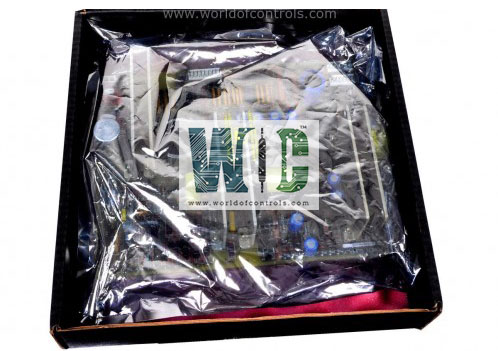
World Of Controls understands the criticality of your requirement and works towards reducing the lead time as much as possible.
IS230TNRLH2E - Relay Output DIN-Rail Module is available in stock which ships the same day.
IS230TNRLH2E - Relay Output DIN-Rail Module comes in UNUSED as well as REBUILT condition.
To avail our best deals for IS230TNRLH2E - Relay Output DIN-Rail Module, contact us and we will get back to you within 24 hours.
Part Number: IS230TNRLH2E
Manufacturer: General Electric
Series: Mark VIe
Function: Relay Output DIN-Rail Module
Availability: In Stock
Size: 17.8 cm wide x 33.02 cm high
Temperature: -30 to + 65oC
Contact material: Silver cad-oxide
Max response time on: 25 ms typical
Max response time off: 25 ms typical
Maximum inrush current: 10 A
Product Type: PCB
Country of Manufacture: United States (USA)
IS230TNRLH2E is a Relay Output DIN-Rail Module manufactured by General Electric. It is a part of the Mark VIe Control System. These relay outputs serve as a crucial interface between the control system and external devices or equipment.The module is specifically designed for DIN-rail mounting. This mounting option ensures easy integration and organized installation of the module within the overall control system. It acts as an interface between the control system and external devices, allowing the system to control and monitor various processes and equipment. The module's compatibility with the Mark VIe Control System ensures seamless integration and efficient operation.
WOC is happy to assist you with any of your automation requirements. For pricing and availability on any parts and repairs contact us.
What is IS230TNRLH2E?
It is a Relay Output DIN-Rail Module manufactured and designed by General Electric
What is the purpose of the terminal board in the Mark VIe I/O modules?
The terminal board is a critical component that mounts to the control cabinet. It serves as a connection point for the I/O signals and provides the necessary interface between the external devices or sensors and the I/O pack. There are two basic types of terminal boards: S and T. They differ in their configuration and functionality.
What is the difference between the S-type and T-type terminal boards?
The S-type terminal board features a single set of screws for each I/O point, allowing a single I/O pack to condition and digitize the signal. This board is utilized for simplex, dual, and dedicated triple modular redundant (TMR) inputs. Depending on the redundancy requirement, one, two, or three S-type boards may be used.